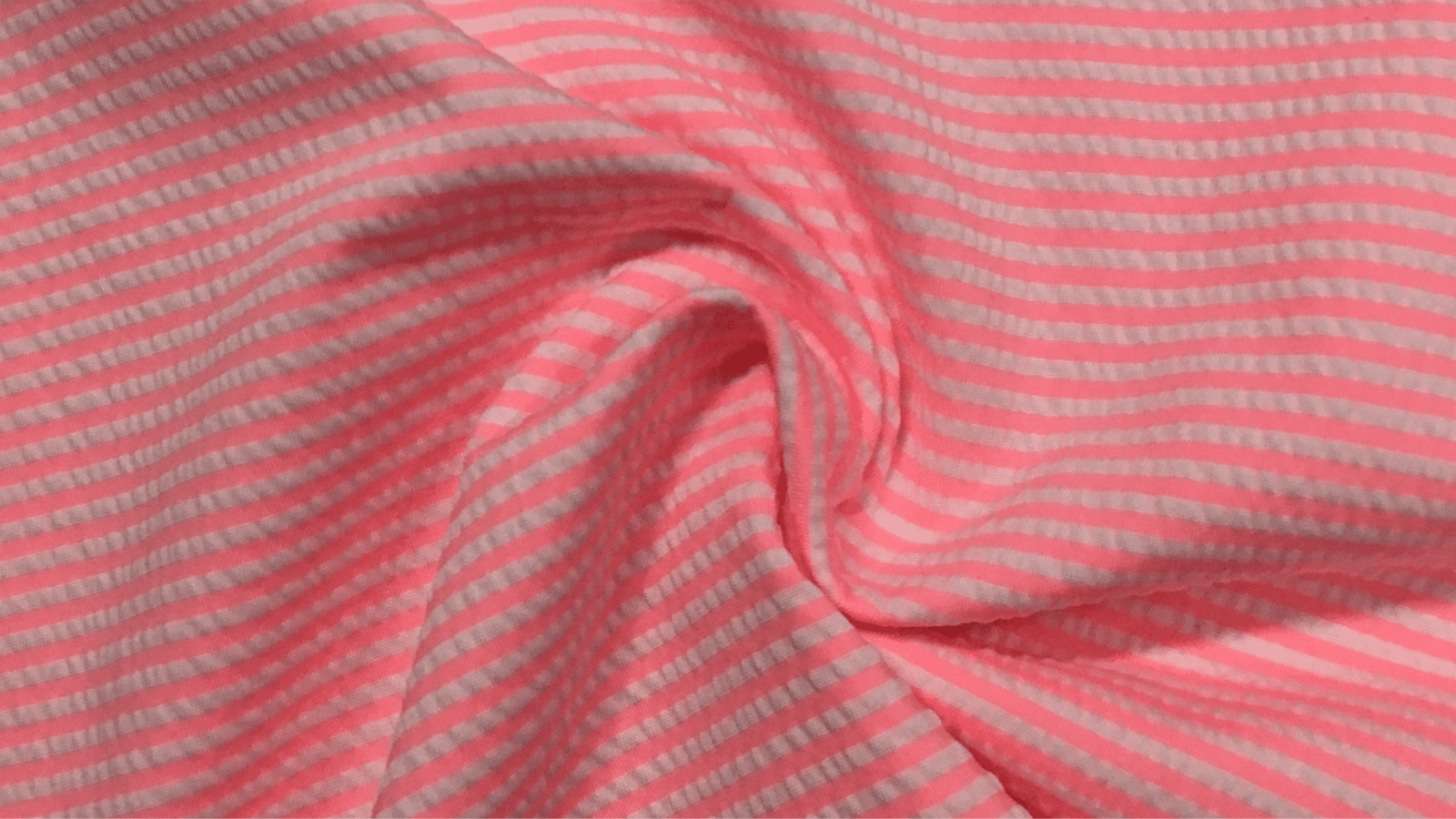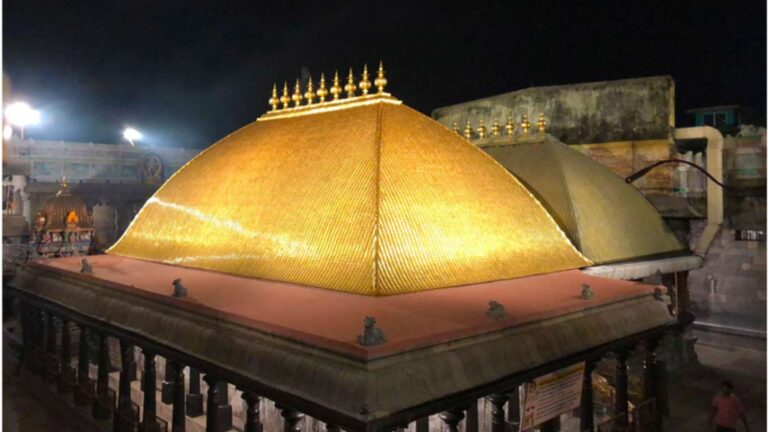Seersucker is a lightweight fabric crafted from linen, cotton, or rayon. It owes its name to the Persian words “shir” (milk) and “shakar” (sugar), symbolizing its unique texture—smooth like milk in some areas and puckered like sugar in others.
The fabric traces its origins to India and made its way to the Western world through Muslim traders. Its lightweight, breathable qualities quickly gained popularity in British colonies, offering much-needed comfort in hot, humid climates. When introduced to the United States, seersucker became a versatile material for various clothing items. It eventually became a staple for men’s suits in the summertime in the South. The light fabric was perfect for warm climates, since air conditioning was not around then!
Starting from early 19th century, for over 100 years, it was used in mattresses, bedding, and nightclothes. Dring the American Civil War, it became a sought-after material to make sacks and pants that would last during the fight.
Brooks Brothers, a pioneer in ready-to-wear clothing, introduced seersucker into mainstream fashion alongside other iconic innovations such as madras, the original button-down collar, and the non-iron shirt. This timeless fabric, cherished for its casual elegance, remains a symbol of effortless style, combining functionality with a heritage rooted in global influence. From classic suits to breezy shirts, seersucker continues to define smart summer dressing.



